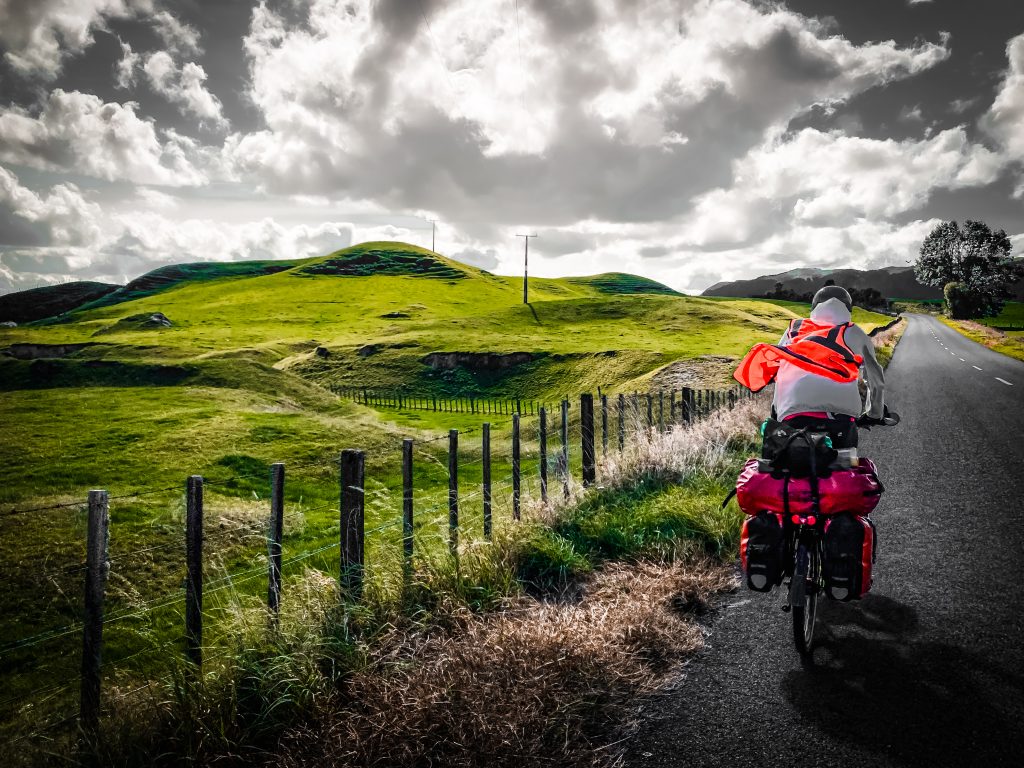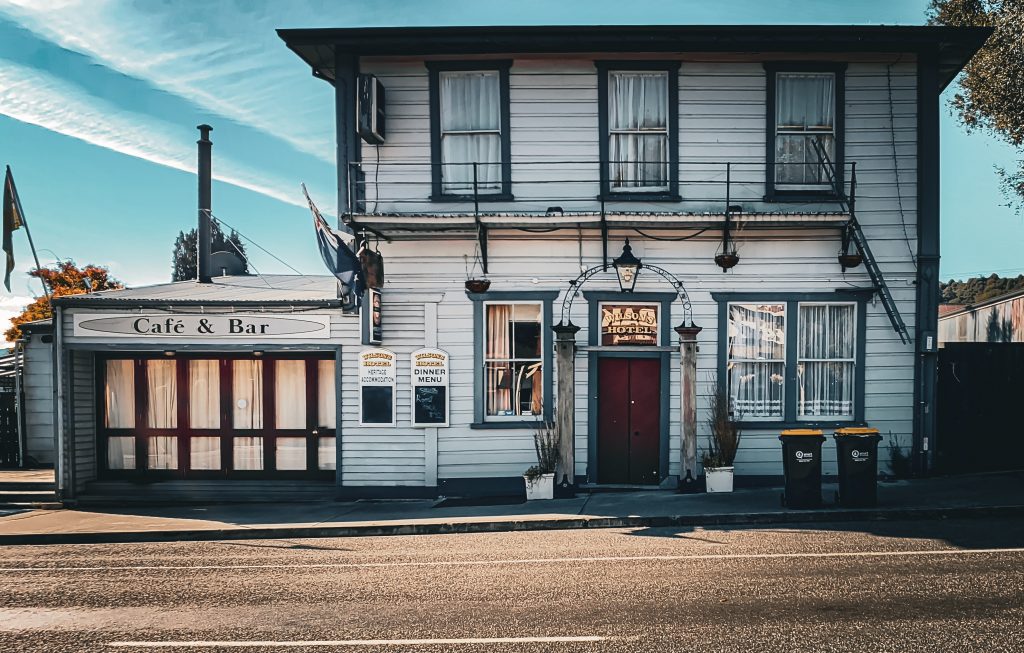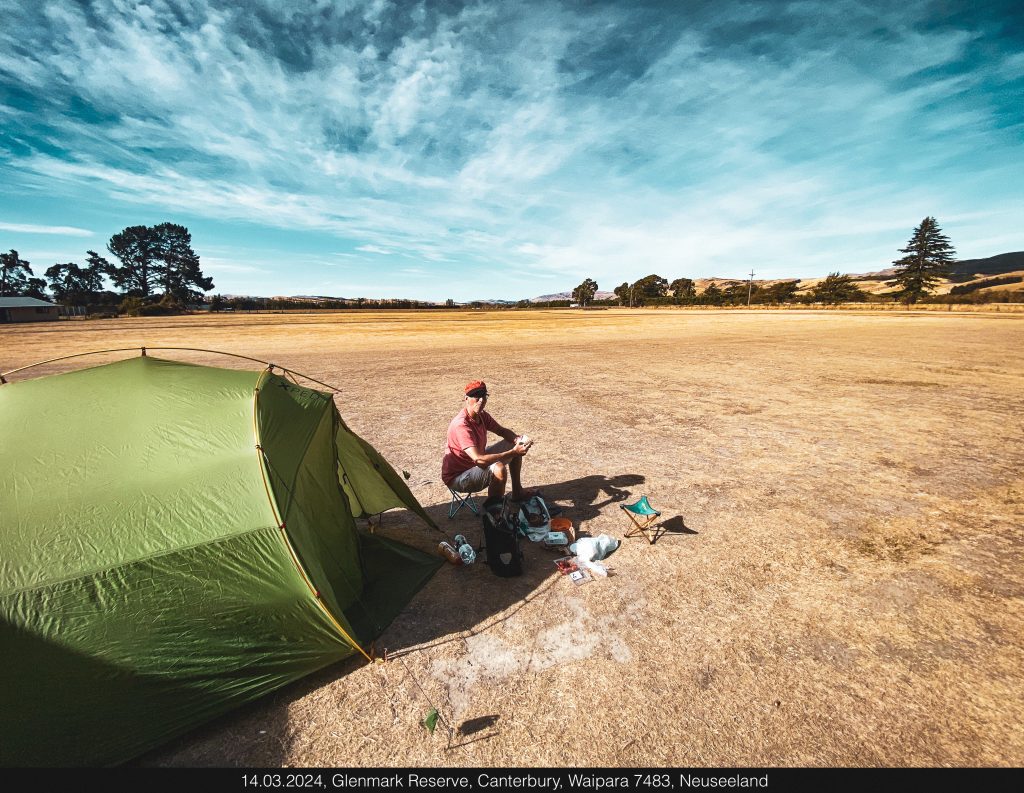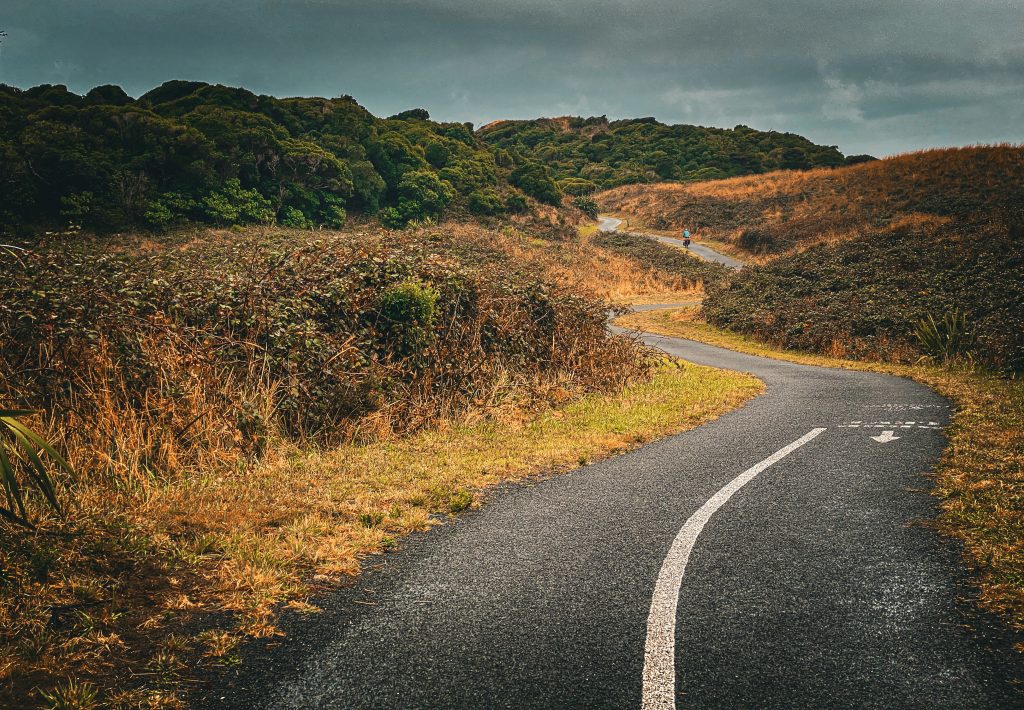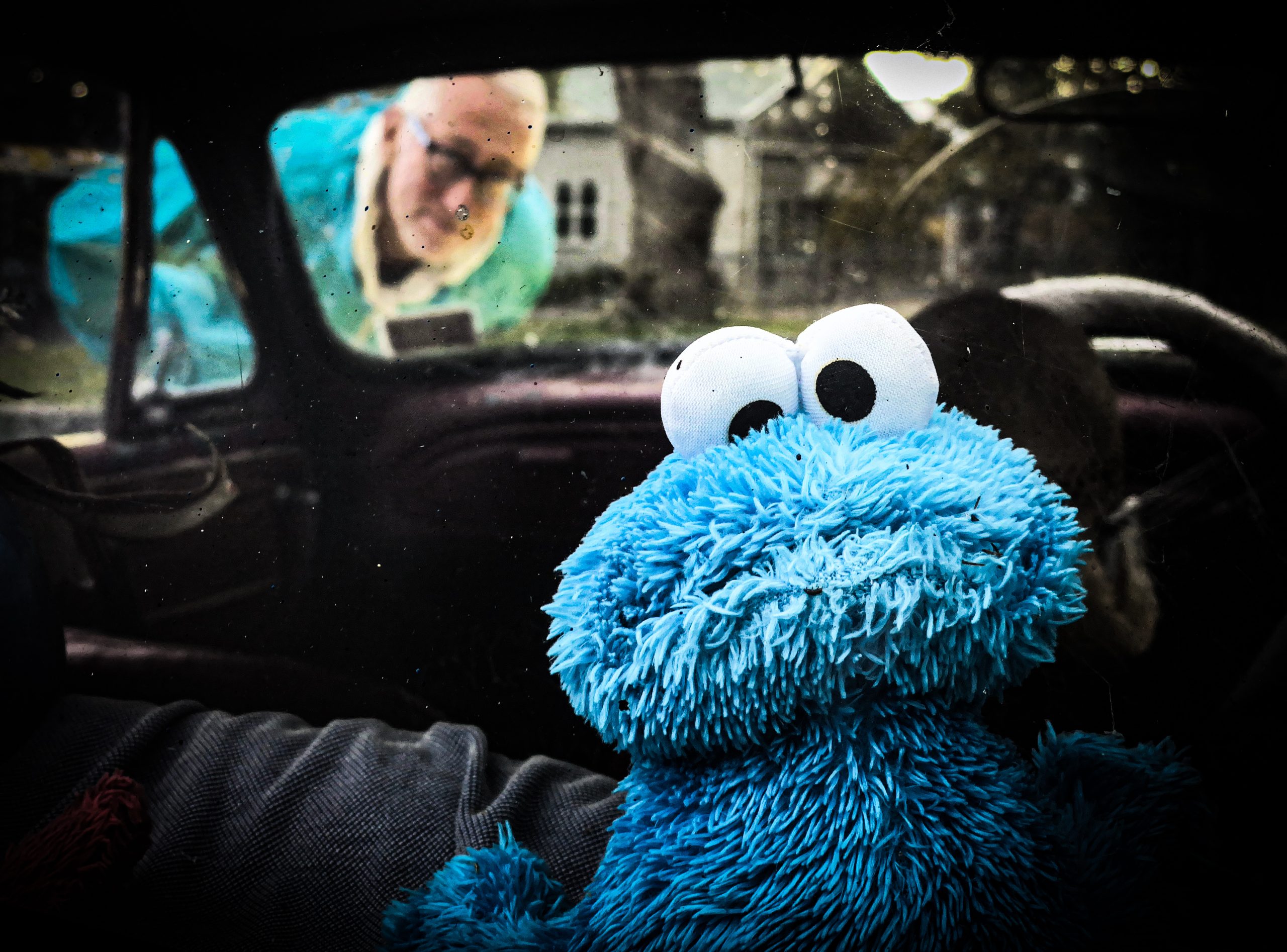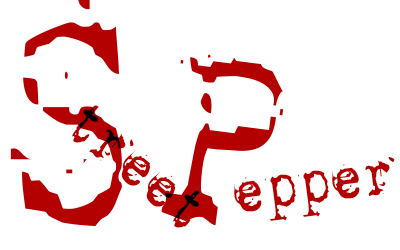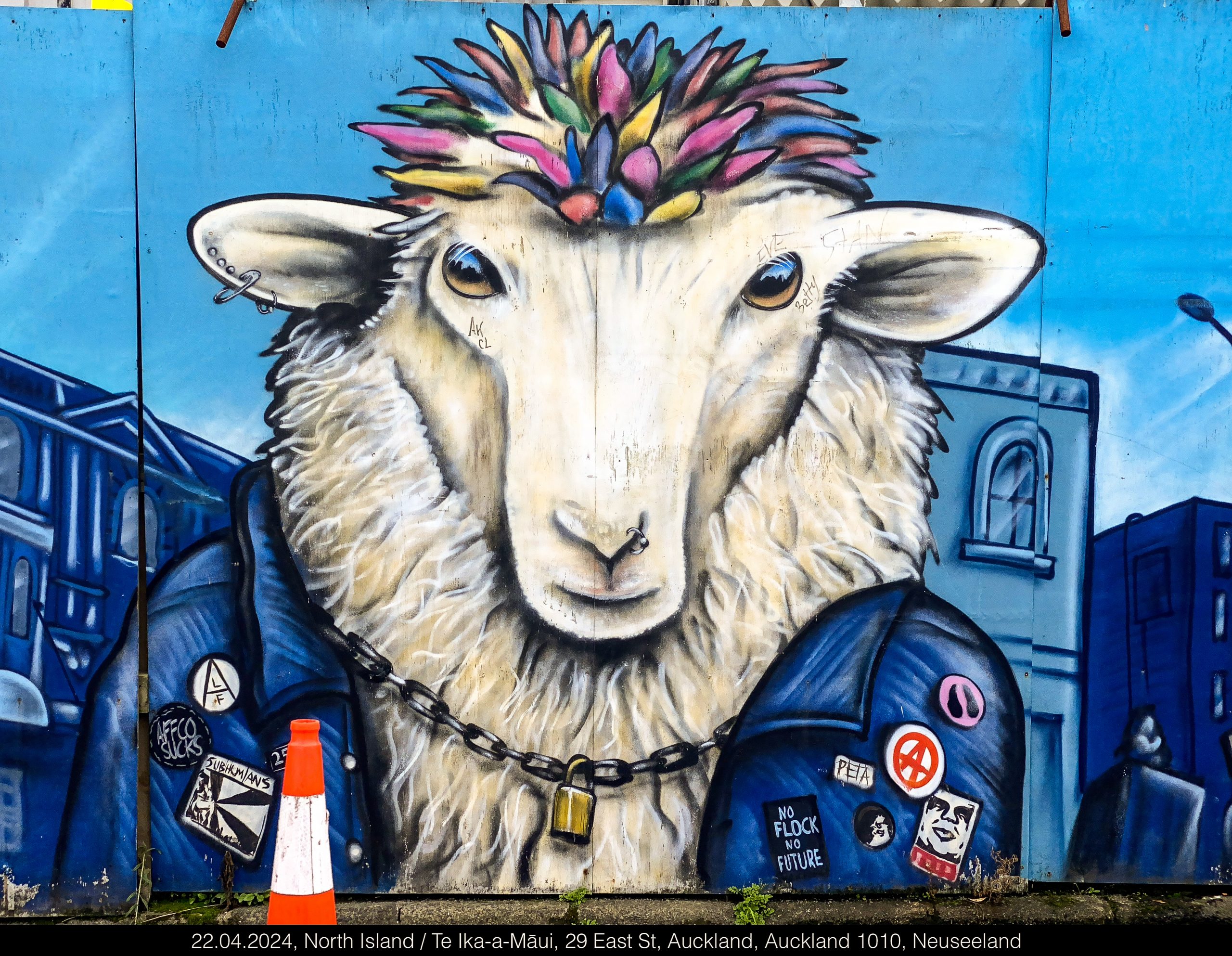It feels like everything is about coffee in this country.
In short:
New Zealand is a dream holiday destination. That’s what they said.
New Zealand’s people are the warmest you can imagine, they said.
The New Zealanders are totally chilled, they said.
And the landscapes, unique, they said.
New Zealand is a coffee heaven, they said.
The only question we should have asked ourselves was of course not the coffee question, it should have been the question whether New Zealand had what we were looking for on our trip around the world by bicycle. But perhaps we also had simply read too much about the breathtaking nature, the unspeakable friendliness, the empathy, the extremely chilled New Zealanders, the coffee paradise. Our expectations were high. Too high.
Let’s start with the coffee:
The coffee culture
The coffee culture in New Zealand is really something special. They have this unique ability to turn a simple coffee into a philosophy of life. But hey, who needs enlightenment when you’ve got a decent dose of caffeine to get you through the day?
There is no such thing as a simple “cup of coffee” in New Zealand. Here every order becomes an intricate choreography of beans, milk and foam. “I’d like a double, decaffeinated, semi-skimmed soya latte, please,” says the average Kiwi with the confidence of a barista. And that’s how complicated the coffee tastes, which also resonates somewhere in all the other liquids.
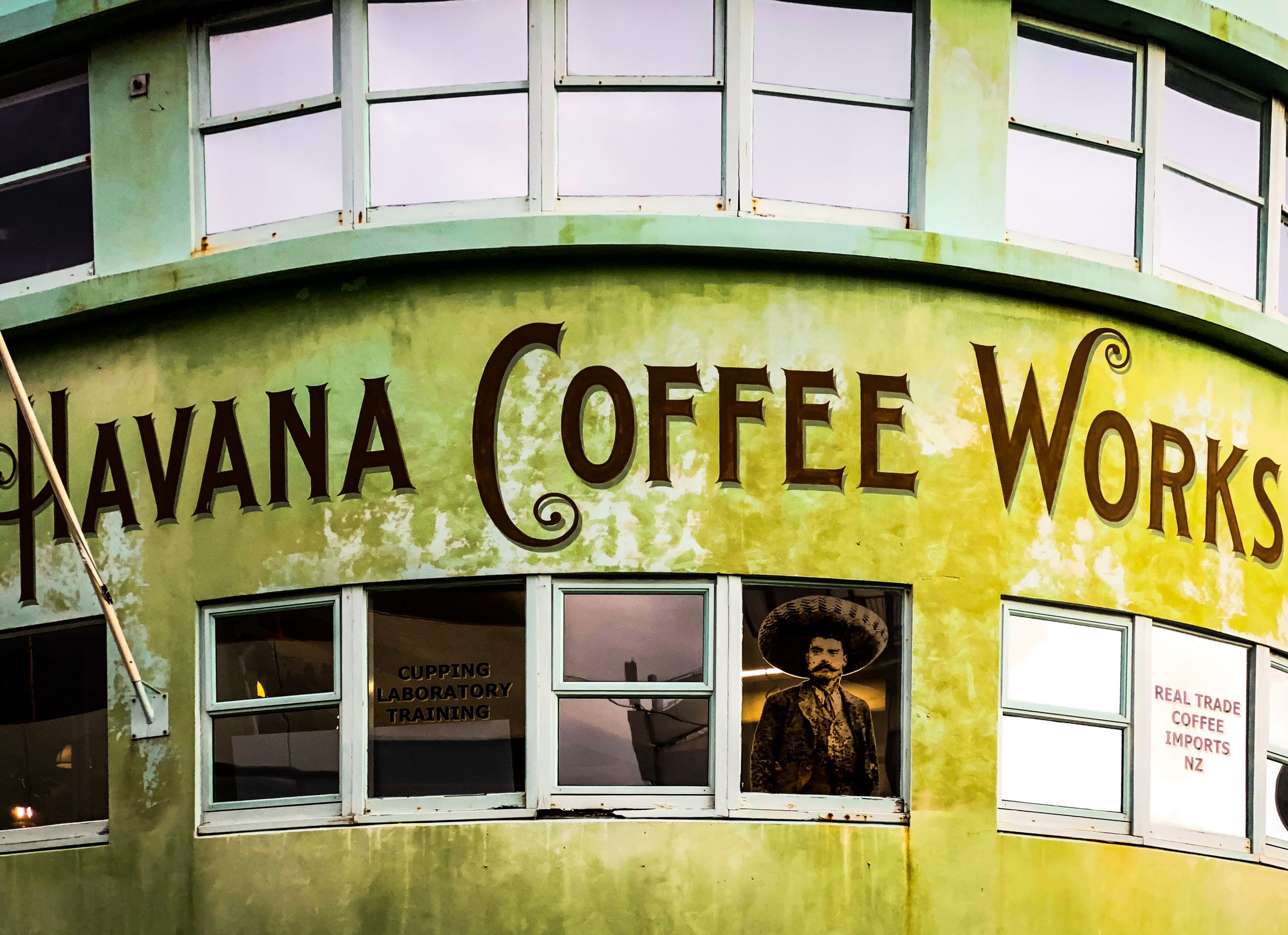
But the best thing is the coffee selection. From “long blacks” to “short macchiatos”, there is the perfect coffee for every taste and every mood.
Filter coffee and fully automatic coffee machines are not common, instead Italian espresso machines and hot air nozzles are used to conjure up true milk foam works of art.
And because our lives are already so complicated, we decided to simply order a long black, leaving the bean selection to the person behind the counter and simply pouring in our own oat milk that we had brought with us. This way we had a lot of coffee for relatively little money.
If you ever travel to New Zealand, don’t forget to get involved in a little coffee chat and let yourself be carried away by the Kiwis’ passion for their beloved “flat white” – because who knows, maybe the secret of life really is hidden in a cup of coffee!
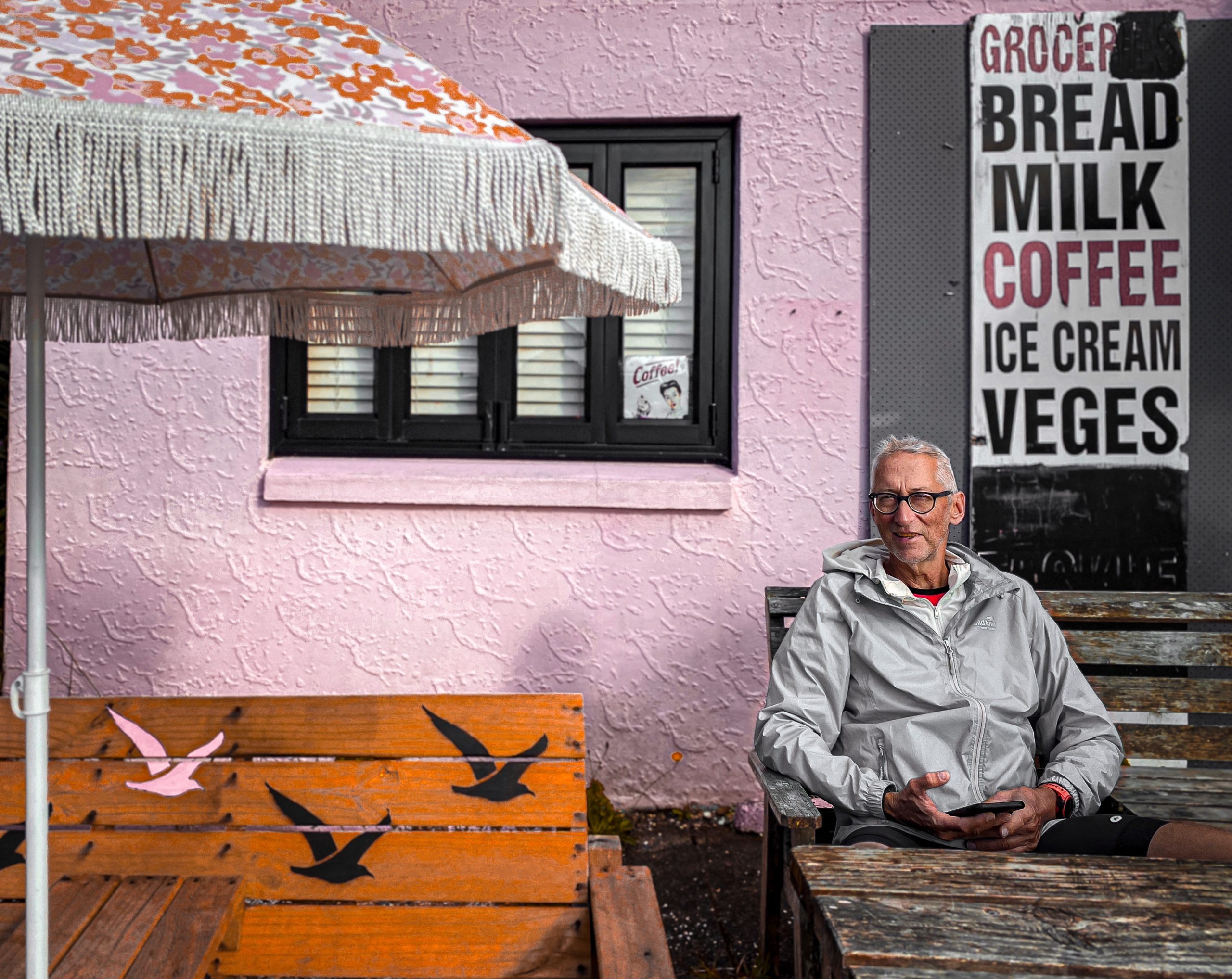
The Kiwi
Do you know why New Zealanders are often referred to as kiwis? Well, it’s nothing to do with the fruit, which is so sweet and delicious that it instantly makes you smile. No, it’s about something much more peculiar – the fluffy bird that looks like a furball!
Of all things, a flightless bird is the namesake for the New Zealanders. Well, it was actually a shoe polish.
New Zealand soldiers had a particularly good shoe polish in their luggage. The logo of the shoe polish produced in Australia was a kiwi (the bird). As a result, the New Zealand troops were nicknamed Kiwi in honour of their great shoe polish. The soldiers wore this nickname with pride back home.
Nowadays, the word has become so widespread that it includes all New Zealanders.
New Zealanders are just as cuddly and unique as their furry namesakes! They’re proud to be Kiwis, with their distinctive accent and laid-back way of life that has earned them a reputation as one of the friendliest people in the world.
So, next time you meet a New Zealander and wonder why they’re called Kiwis, remember: it could just be because they’re just as endearing and full of character as the flightless bird that is their national symbol!
The Hobbit films
I’m sure the models for these creatures come from New Zealand. We have met them. Honestly. You know what’s almost as controversial in New Zealand as whether Marmite or Vegemite is better? The Hobbit films! For some New Zealanders, the Hobbit films are an absolute no-go. “Why spend hours agonising over an epic when you can have a real adventure in the New Zealand forests instead?”
Others love the Hobbit films and regard them as a kind of national heritage. They are proud that New Zealand was chosen as the location for Middle-earth and see the films as a tribute to their unique landscape and culture. And that can be expensive if you want to pay a visit to Hobbiton.
You can’t do this without a guided tour, which costs the equivalent of 70 EUR, and then you’re actually only in a well laid out hilly green landscape that you could also see outside. But no matter which side you’re on, one thing is certain: discussions about the Hobbit films are an integral part of New Zealand life. Unasked, we’ve often been enlightened one way or the other. So, whether you’re a loyal fan of the Hobbit films or prefer to explore the real hills of New Zealand, one thing’s for sure: there’s an adventure for everyone in New Zealand – even without the ring and dwarves!
The Hobbit
Have you ever noticed how similar Kiwi New Zealanders and hobbits are? It’s like they’ve had the same tour guide through life!
Firstly, their size. Kiwis aren’t exactly the tallest people on the planet, but they make up for it with a huge heart – just like hobbits. They might not be big enough to fight Sauron, but they’d certainly whip up a tasty meal for him! Kiwis are the masters of the BBQ, by the way.
And the BBQ
There wasn’t a single place where we weren’t directly told where to find the barbecue or at least pointed in the right direction with signs. Then there is their love of nature. Hobbits enjoy long walks through the Shire, and Kiwis? Well, they could roam their own green hills for hours, always looking for the perfect picnic spot! And last but not least, their hospitality. Hobbits love nothing more than to entertain and look after guests, and the Kiwis? They’ll probably invite you round for a barbecue and share their best recipes with you as if they were the secret treasures of Rivendell.

So, next time you’re travelling through New Zealand and come across a Kiwi, remember: you might have just discovered a real hobbit in hiding.
Oh, I forgot. There’s one more thing they have in common. The feet. Not the size, the hobbits’ are huge, but the rejection of shoes. There is a strange tradition in New Zealand: many New Zealanders walk around barefoot everywhere. Whether they are going to the supermarket or simply taking out the rubbish bin. A tourist visiting New Zealand for the first time might think they have landed in a land of hobbits, where shoes are only worn for formal occasions. The locals defend their barefoot tradition with passion. “Why wear shoes when you can feel the grass between your toes?” An unusual barefoot spectacle, without participating the new trend of barefoot shoes.
The bread
You know, in New Zealand they have an amazing variety of bread. From white bread to wholemeal to… well, that’s actually the whole variety. But hey, who needs choice when you can eat the same boring bread every time, right?
The mountains
The mountains in New Zealand are truly spectacular.

The car and truck drivers
Drivers in New Zealand are really something special. They take the motto ‘right before left’ so seriously that they have forgotten that there are other traffic rules too. But hey, who needs safety when you have a breathtaking view? ‘Sorry I nearly ran you over, I was just too distracted by the sheep! Or hey, what are you doing on the road, it’s far too dangerous. Why don’t you take your trails?
I find the ‘dangerous’ part interesting, because we were actually often scared, but luckily we also had a lot of adrenaline in our blood for a fight for survival with cars speeding past us far too fast and far too close. Or preferably pulling in far too early with a caravan trailer so that we could at least be caught?
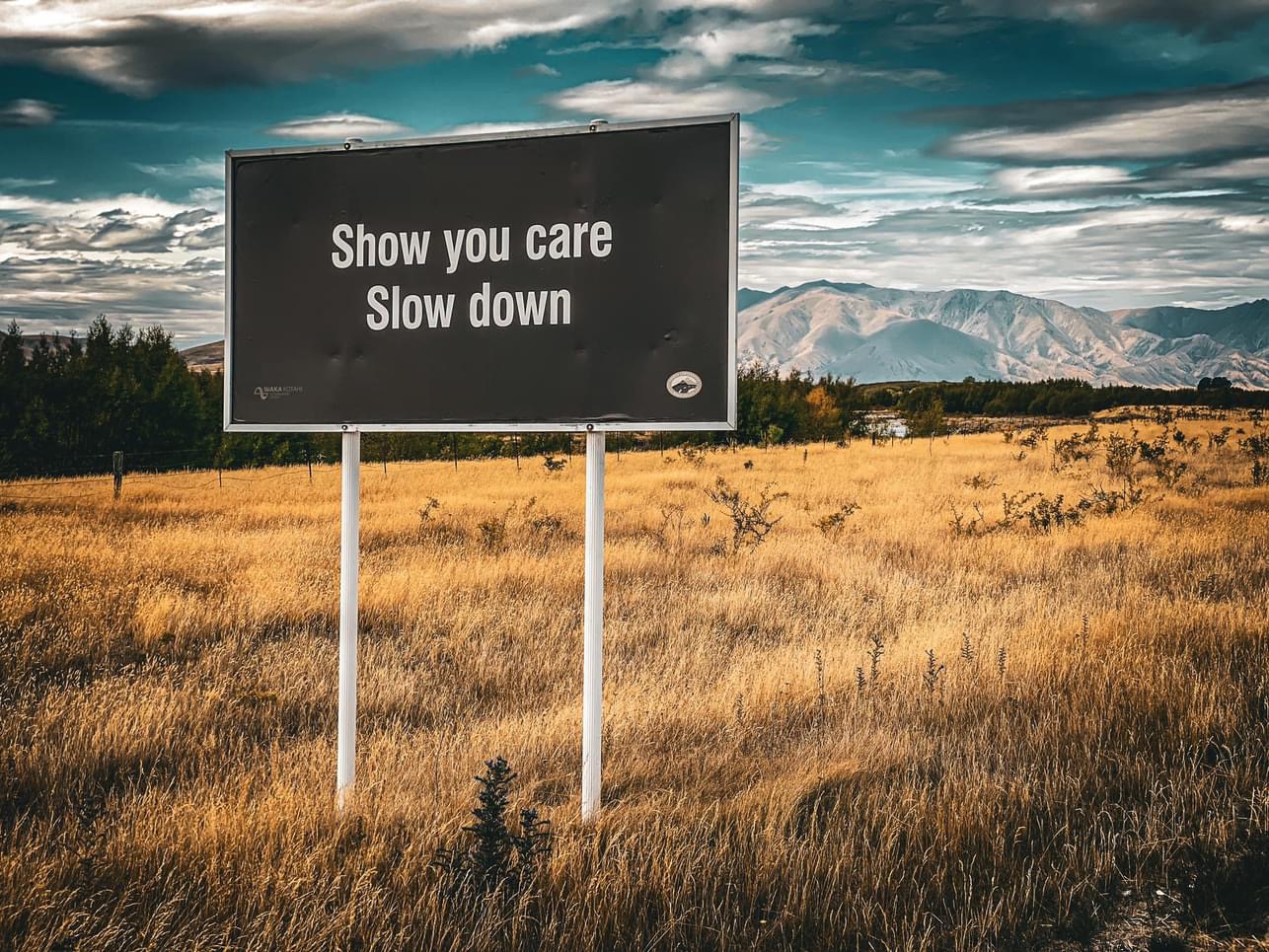
Side note: I have never seen so many cars transporting bicycles.
Side note 2: in cities like Wellington, Auckland and Christchurch there is a very safe and good cycle route network and extremely courteous car drivers. Read more about our cycling experiences in New Zealand.
The swimmers, runners and cyclists
There is a great passion for sport and triathlons in New Zealand. “We are Triathlon” is even the name of an event in Wanaka. Because why choose one sport when you can torture yourself by swimming, cycling and running at the same time? But hey, if you’re not sure whether you’ll fall over from exhaustion or from the breathtaking views, then you know you’re in New Zealand!”
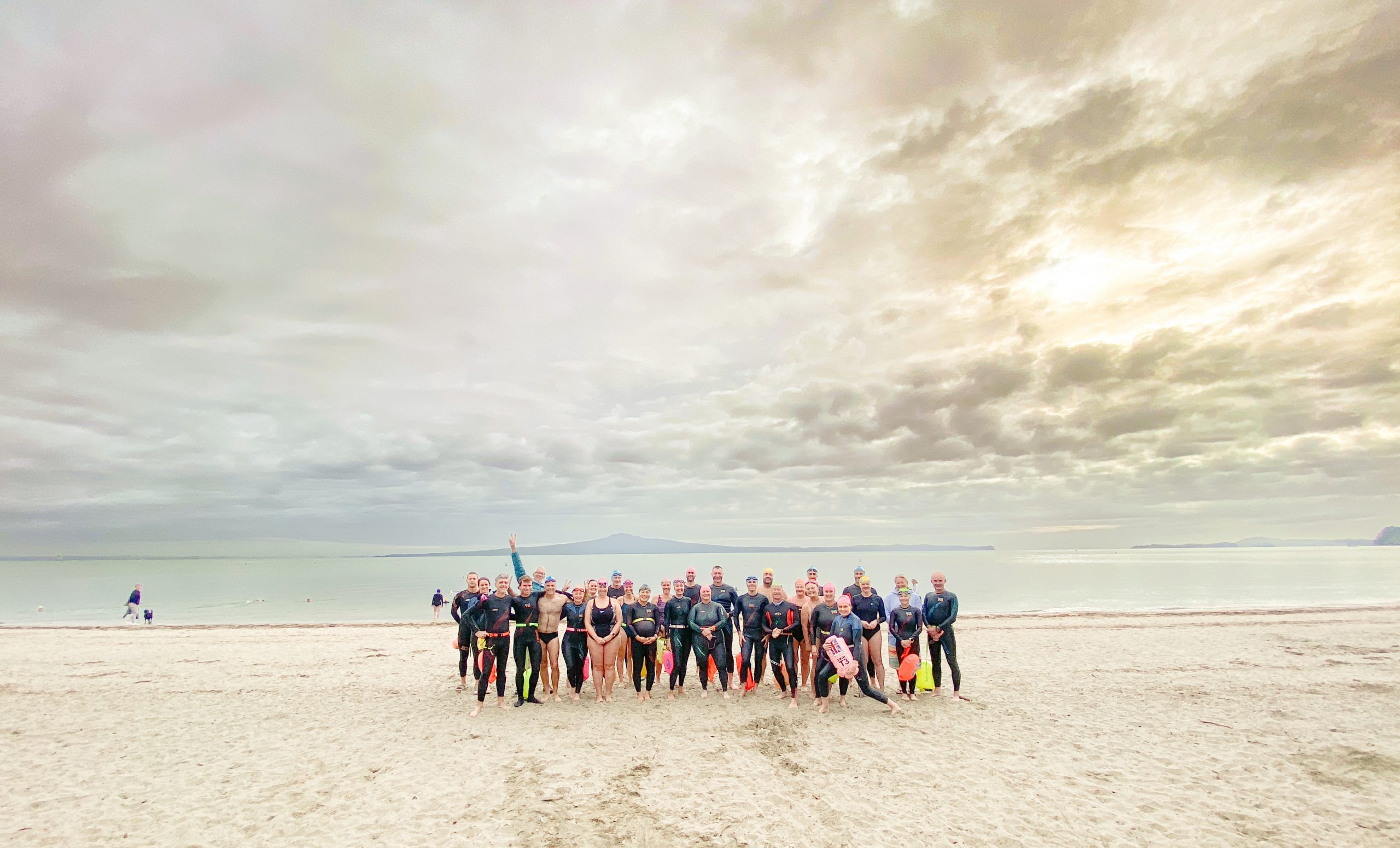
The tourists
New Zealanders have a very special way of dealing with tourists. They greet you with open arms, give you a friendly smile and tips on the best places to enjoy nature and then sincerely hope that you give up early when trying to work out one of the countless trails. One of those trails that they all walk or ride. No, we’re not taking the Te Araroa Trail. And yes, we are packed and no, we haven’t been travelling on your island for two years.
Inwardly, whenever someone looked at us and perhaps thought about making contact, I could feel my brain starting to work to find a suitable response to one of those stupid remarks about our luggage. Maybe they thought they have to let us know that this could be reason for the hard work cycling up the hills?!
Most of the time, however, I didn’t even get round to answering, because it wasn’t a question, just a statement and that was usually the end of the conversation. There is simply not enough space for New Zealanders and tourists, especially on the South Island. Caravan pitches are fully booked a year in advance. A New Zealander knows when the booking portal opens and bang, everyone’s on it. Then the system breaks down again and you hope that the booking might have worked out after all. There is a bit more space on the north island, but during the high season everything is massively overcrowded and they regularly informed us about this without being asked. I wonder what they were trying to tell us?
The sheep
And then there are these New Zealand sheep. I mean, I knew they had a lot of sheep, but I never realised that every single sheep there has its own Instagram account! “Sheep 1” posts selfies in front of picturesque mountains, while “Sheep 2” does yoga exercises in a meadow. I wonder if they have influencer contracts too!

The possum
Once upon a time in New Zealand, a country where possums had gained the upper hand and the locals had decided to fight them in a whole new way. Poison them, drown them, shoot them or run them over. The New Zealand government launched an ambitious programme to control the possum population.
I´m in this cycling groups and had no words for this conversation. I will spare you further details.
I fell into the trap
Not only the coffee trap.
The best thing about New Zealand is probably the landscape. It’s as if a colour box has been taken and the whole blue and green palette has been thrown onto this small archipelago. From the bright blue lakes to the snow-capped mountains, from the lush rainforests to the endless coastlines and lush green hills, New Zealand is like a painting that is constantly being repainted, and the locals are the lucky viewers who get to enjoy it every day. It was exhilarating.

We weren’t disappointed with New Zealand or the New Zealanders. It was probably just our expectations, which were simply far too high due to the many positive reports.



You are poisoning your country and yourselves
And there is one thing I would like to report on seriously. About the way people try to make nature the way they think it should be. There is nothing reprehensible about that, but the use of the means may be.
The mass use of glyphosate to kill weeds, residues are found in honey, the use of poisons such as 1080 against possums, also found in honey, and it also kills other animals that eat this bait. Weedkillers are applied by helicopter to remote areas. Weedkillers whose possible damage they cause is not clear.

And then this learnt rage at wild cats!
April 2023: Amateur hunters aged 14 or younger have until the end of June to kill as many feral cats as possible. The person who kills the most cats wins $250 and is in the running for a $4,600 dirt bike sports prize for the Junior Hunter award.
A hunting competition for juniors. Last year, however, only possums, ducks, rabbits, rats and geese were on the shooting list for the 250 juniors taking part. Now wild cats have been added to the list. These can hardly be distinguished from domestic cats. So the hunting organisation issued the following measure: if a cat with a microchip is found in the prey of a child, it will be disqualified from the competition. Young hunters are more likely to use air rifles, which increases the likelihood of pain and distress and can lead to a longer death. Okay, animal welfare organisations have succeeded in ensuring that feral cats are no longer recognised as prey.
Hunting continues for everyone else. A home-grown problem. Possums were introduced to New Zealand in the 1850s for fur utilisation, where they have hardly any natural enemies and spread so quickly. Now they pose a threat to the island nation’s biodiversity.
I am in various cycling groups and aggression like this leaves me speechless. A consequence of the way opossums are being destroyed.
A “barbaric” war on possums
An animal rights organisation is calling for an end to the “barbaric” war on possums in New Zealand.
Children are being desensitised to violence by the method of killing an animal that is considered a pest in New Zealand. Many New Zealanders are more supportive than shocked when I ask them about the choice of means or prefer not to talk about it.
Already there are also those voices that the eradication of possums could also lead to an increase in rat numbers, which would have an even greater impact on birdlife. Opossums and rats are in a competitive relationship. If we eradicate the possums, the number of rats will increase because there will be more food for the rats.
We had no idea which animals or plants were on the “hit list”
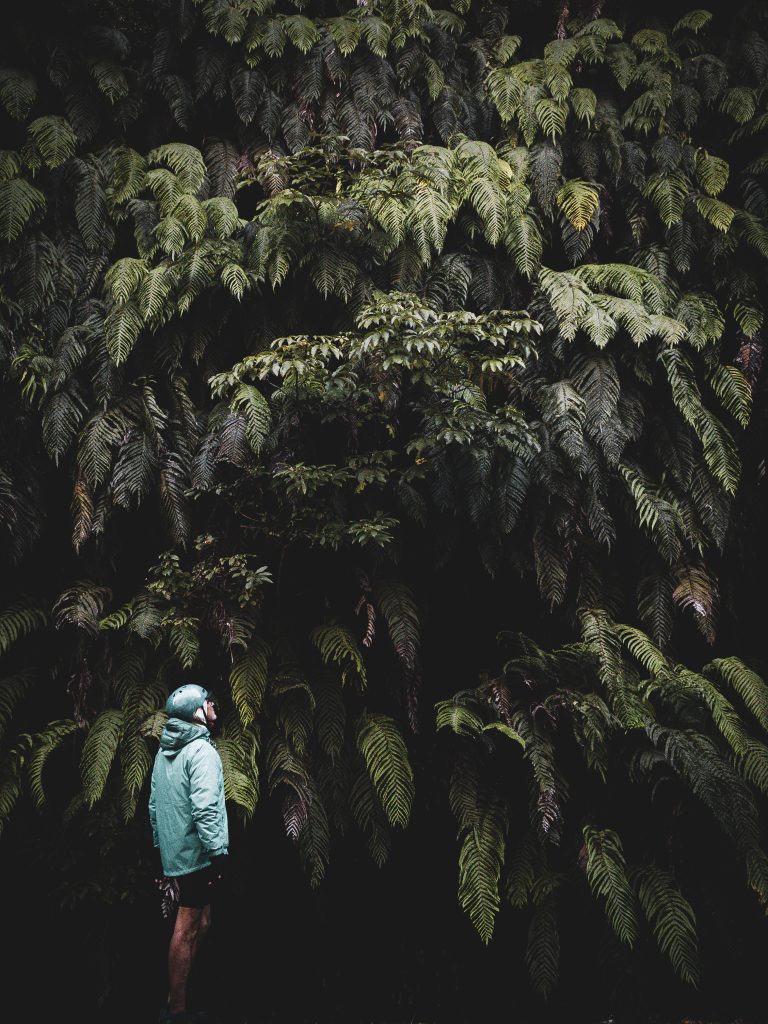
So we flirted with some not-so-favourite bird species or took the odd photo in nature of some rather unwelcome weeds.
Many thanks to all the wonderful kiwis who patiently put up with us and our questions and allowed us to have a little insight into a country with people with so much energy. Thank you!





